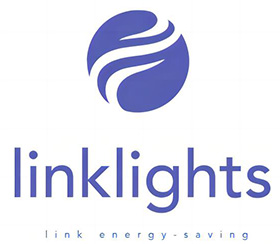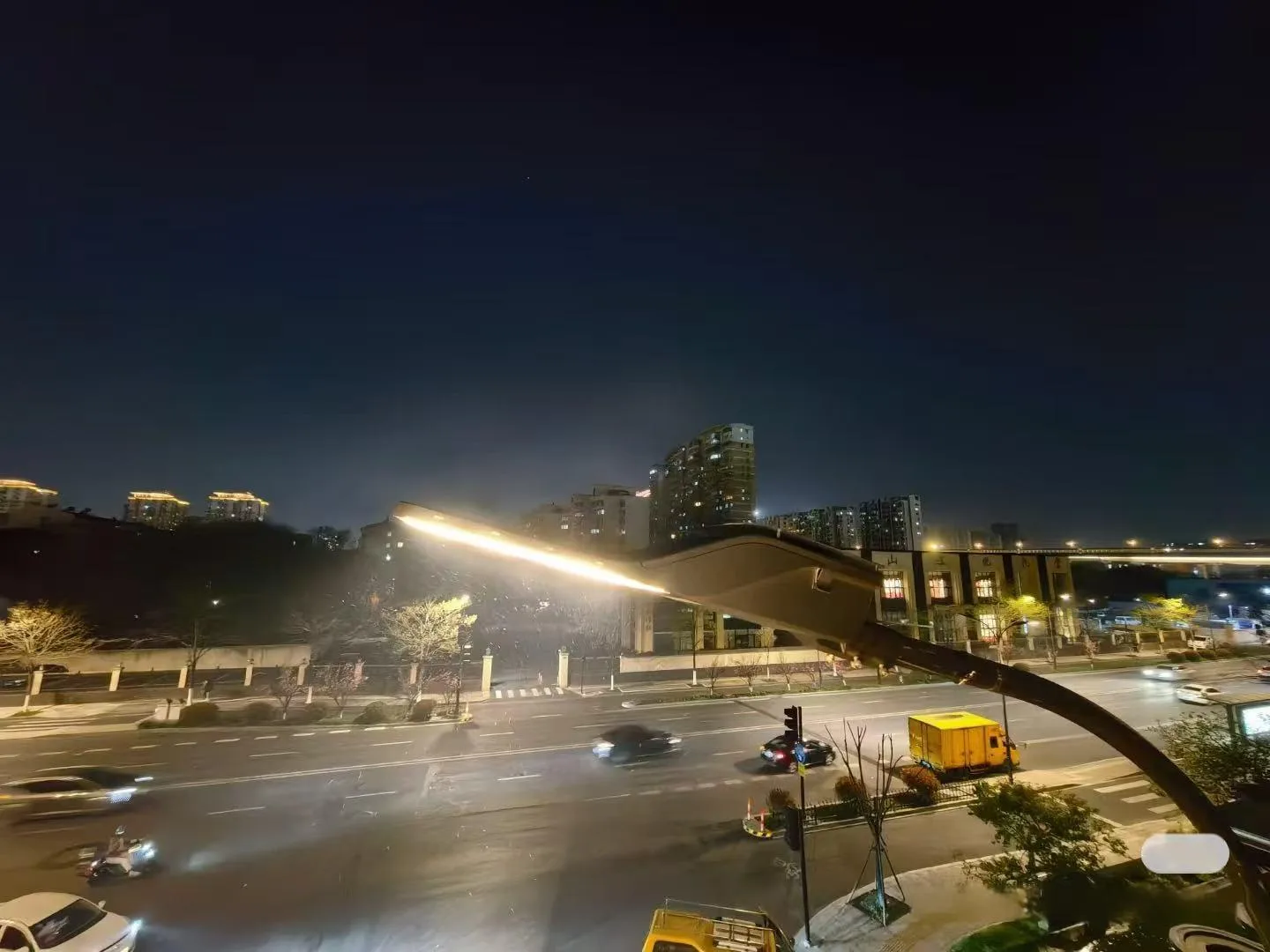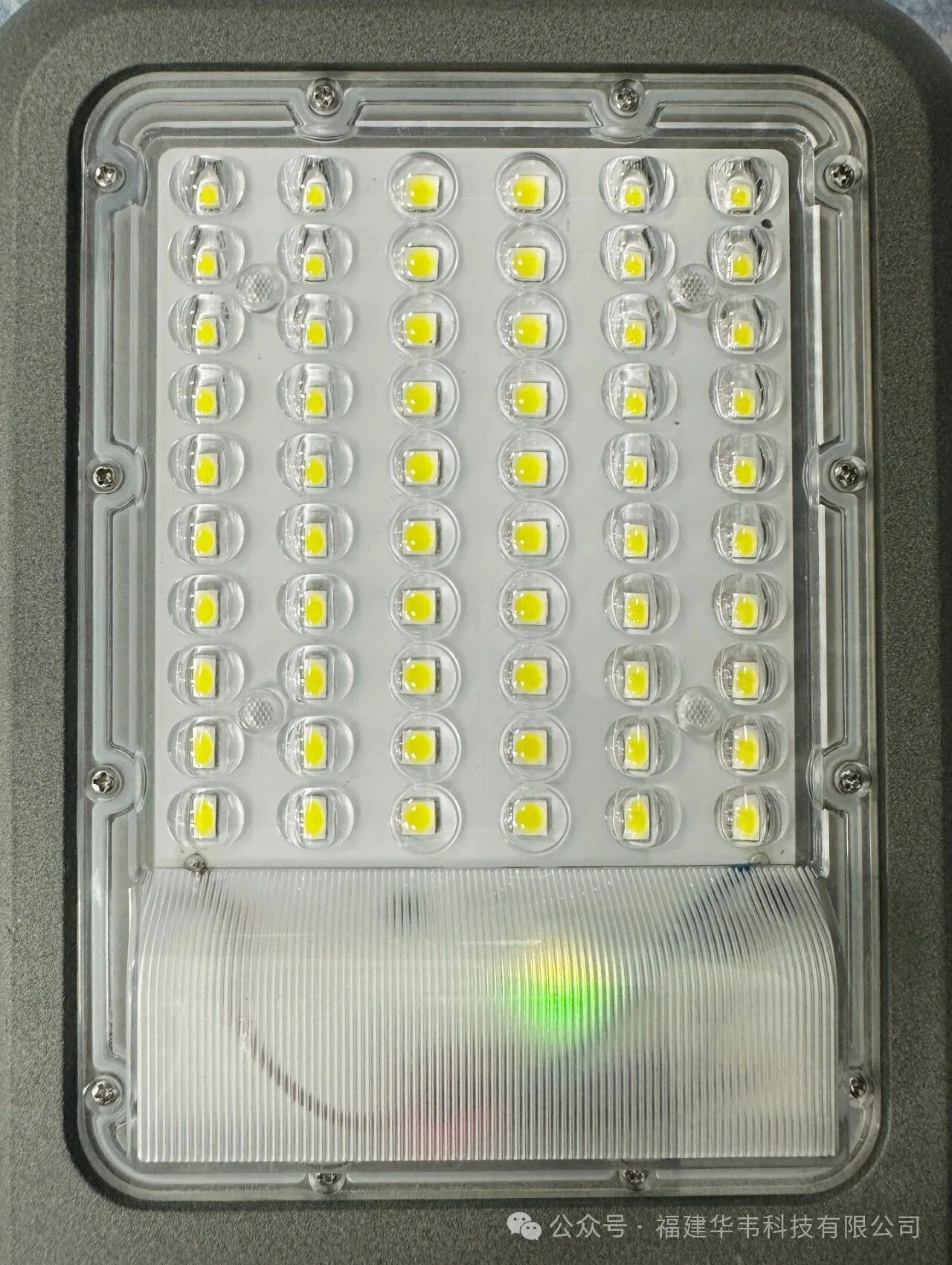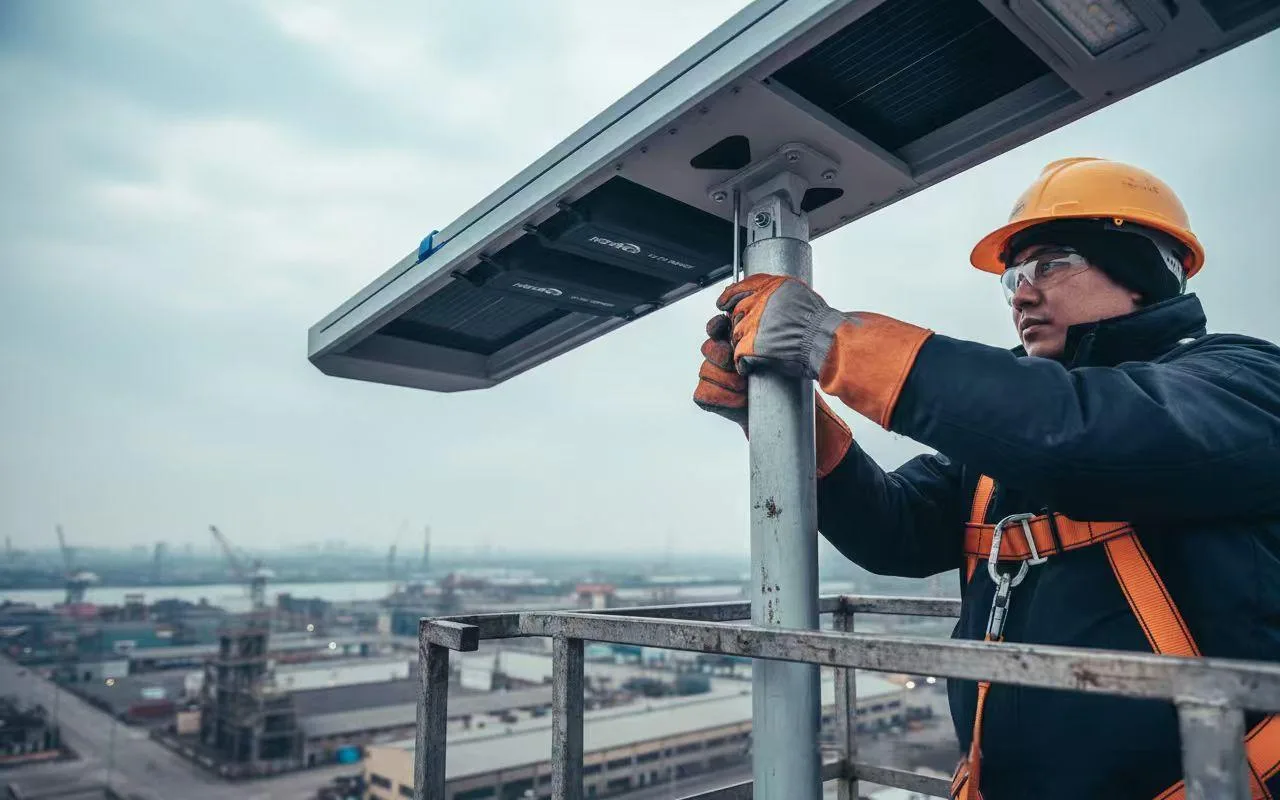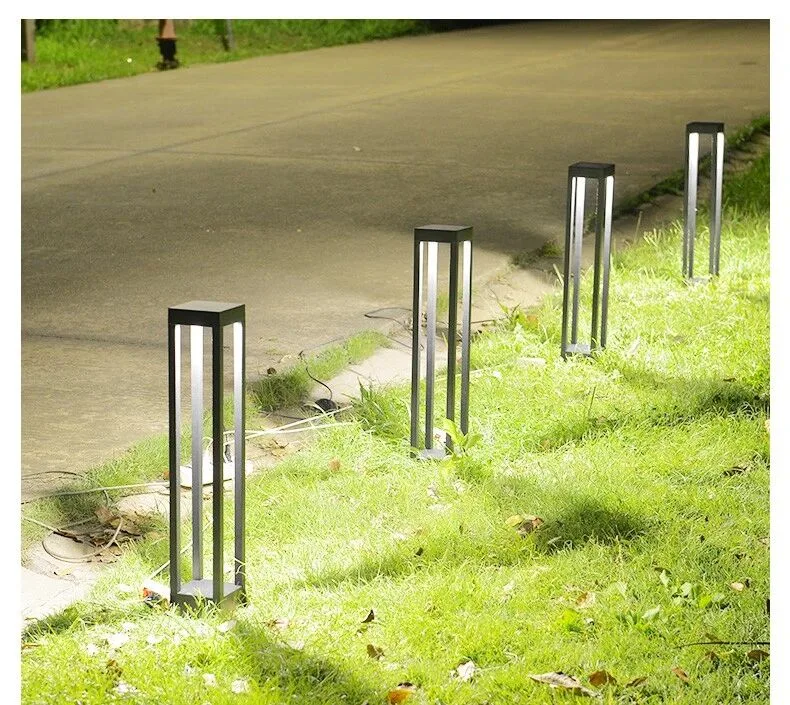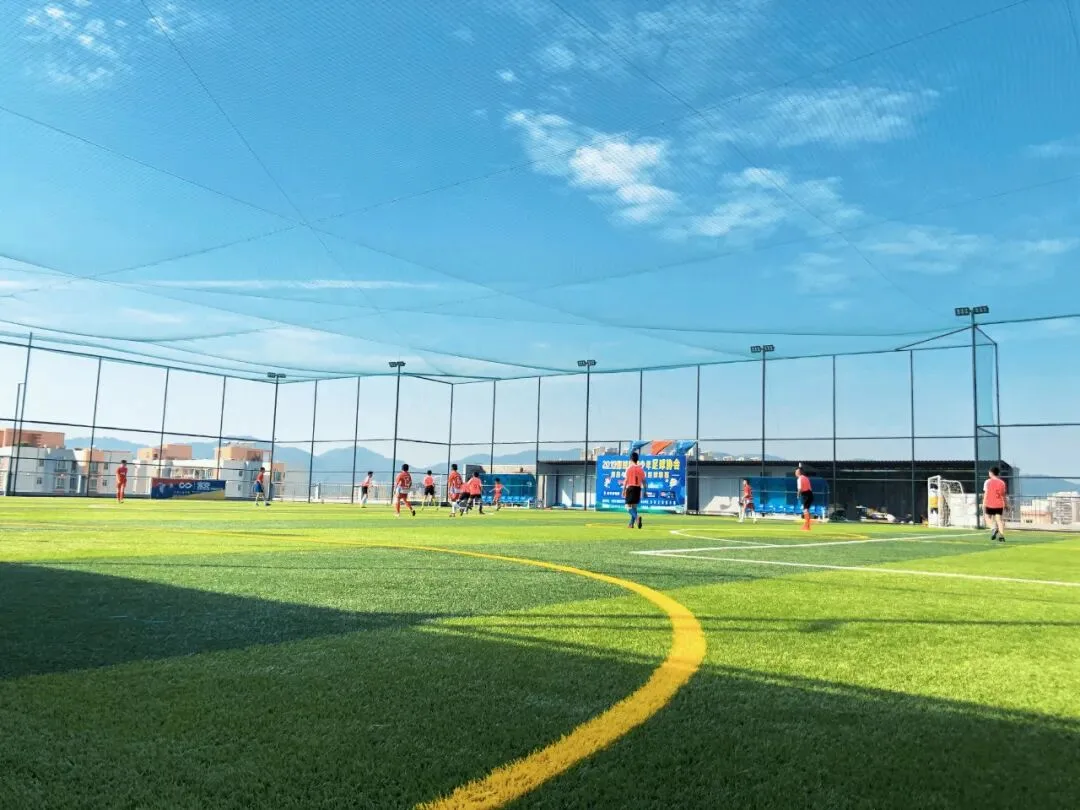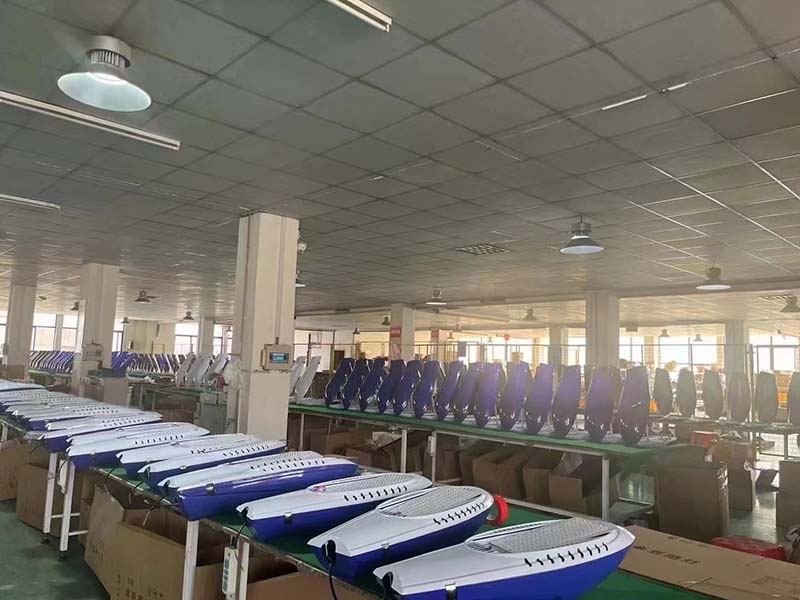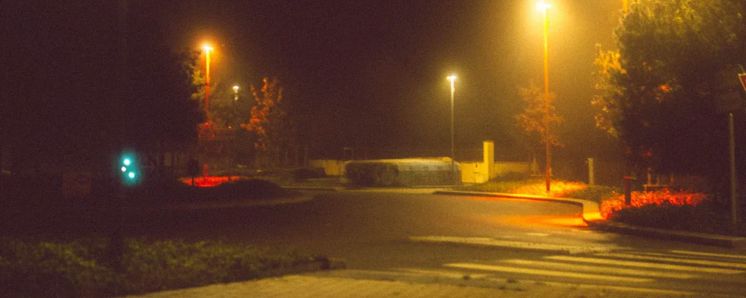
Introduction:
Picking the right color temperature for LED street light needs careful thought. You should think about the light’s use, the area, and safety effects. For instance, a 4000K light is good for neighborhoods. It balances saving energy and clear vision. On the other hand, 5000K LED lights are better for highway lights or business areas. These places need bright lights led lights for efficient and effective lighting. Rules and laws also matter. They make sure lights follow safety and environmental rules. By matching these things, led street lighting can be useful and eco-friendly.
Key Takeaways:
Pick lights with a warm white color temp (2700K–3000K) for homes to feel cozy and safe.
Use neutral white lights (4000K–4500K) for parking lighting in busy areas to improve visibility and save energy.
Choose cool white lights (5000K–6500K)for highways and factories to make areas brighter and safer.
Follow local rules to keep lighting safe, eco-friendly, and energy-saving.
Match light color to the area’s function to enhance comfort and reduction of light pollution
Understanding Color Temperature
What Is Color Temperature?
Color temperature shows the led lighting color from a source. It is measured in Kelvin (K). It tells how hot an object would be to give off that light color. Warmer colors like red and orange come from lower temperatures. Cooler colors like white and blue come from higher temperatures. For example, 2800K gives a led light bulb warm white. A 5000K light looks like bright daylight.
This concept is important in the design of street lighting, especially for LED street lighting. The Kruithof curve explains how color temperature and brightness affect how we see light. Lower temperatures feel cozy and calm in dim places. Higher temperatures are better in bright areas for clear vision and focus.
Why Color Temperature Matters for LED Street Lighting
Picking the right color temperature for LED street lights is important. It affects safety, comfort, and energy use. Studies show cooler lights, like 5000K, help drivers stay alert in highway lighting. But too much brightness can “can contribute to light pollution unless anti light pollution lights are used.”. A middle choice, like 4000K, solves these problems while giving enough light.
People’s preferences also matter. Research in cities like Beijing shows how color temperature affects comfort. People feel better with lights that fit their surroundings. warm white light lamp works well for quiet streets. Neutral or cool white lights are best for busy areas where safety is key.
By learning how color temperature changes how we see and feel, you can choose better LED street lights. Whether for a calm neighborhood or a busy road, the right color temperature makes a big difference.
Common Color Temperatures for LED Street Lights
Picking the right color temperature depends on the area’s needs. Each type has its own pros and cons. Here are the three main types: warm white, neutral white, and cool white.
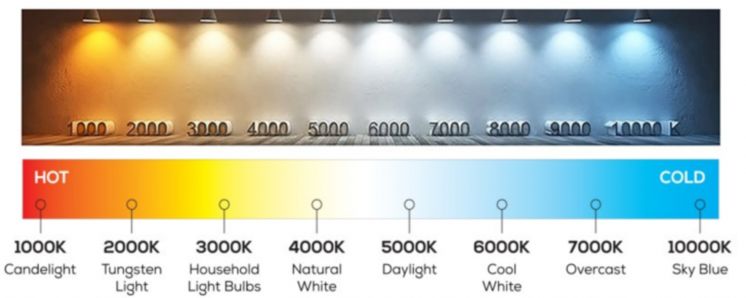
Warm White (2700K–3000K)
warm white color led feel cozy and welcoming. They work well in public parks or residential street lights areas.
where comfort matters most. The table below shows how 2700K and 3000K lights differ:
| Color Temperature | Efficiency | Health Impact | Light Distribution |
| 2700K | Moderate | More blue light, may affect sleep cycles | Soft light, less harsh |
| 3000K | Better | Less blue light, healthier for people | Soft light, good for outdoors |
If you want gentle lighting with less glare, pick warm white.
Neutral White (4000K–4500K)
Neutral white lights are bright and save energy. They use about 30-40 watts, making them great for parking lots or busy streets. These lights are clear and don’t waste energy. They’re also helpful in places like hospitals or factories where seeing colors clearly is important.They are one of the best outdoor led options for for places needing clear color visibility.Good for areas needing bright white lighting without being too harsh.Great for spots where safety and visibility matter.
Cool White (5000K–6500K)
Cool white lights are the brightest and commonly used in highways and industrial environments. But their low CRI (around 70) means colors might not look accurate. How well you see under these lights depends on the brightness or darkness of the area, such as outdoor parking lot lighting.Ideal for sport court lighting and other large open spaces.Colors may not appear accurate due to low CRI.Too harsh for indoor sports lighting, where softer light is preferred.Knowing these differences helps you choose the best led lighting for workshop or industrial use
Key Factors in Picking the Right Color Temperature: Purpose and Location
The reason for lighting and where it’s placed are important. Different places need specific light colors to work well. For example:Residential street light often uses warm lights (2700K–3000K), which feel cozy and safe for residents.”Commercial settings, like convenience stores or offices, require cooler lights (4000K–5000K) to ensure visibility and focus.Convenience store lighting typically uses cooler lights (4000K–5000K). These lights are bright and help people see clearly.Car parking lighting is often use neutral or warm colors to make people feel calm.Railway lighting usually need cool white colors to keep things bright and safe.
Think about how each space is used when choosing lighting. A parking lot may need soft but clear lighting, while a railway track demands bright, uniform light. Matching light color to the function makes it more effective and energy-efficient.
Safety and Visibility
Safety is very important for street lighting. The right light color helps people see better and avoid accidents. Cooler lights (4000K–5000K) are great for places where safety matters most. They make objects, signs, and people easier to see at night.But lights that are too bright can cause glare. disabling glare makes it harder to see and can bother drivers and walkers. Warm lights (2700K–3000K) work well in homes because they light up enough without being too harsh.Studies show that matching lights to the area improves safety. Highways with cooler lights have fewer crashes because drivers see better. Neighborhoods with warm lights have fewer complaints about disabling glare and light pollution.
Energy Efficiency and Environmental Impact
high efficacy lighting is also important when picking LED color temperatures. Cooler lights (4000K–5000K) give more led lamp lumens per watt . They are bright and use consume less energy, making them good for highways and a 30x 50 outdoor basketball court.Warm lights use a bit more energy but have benefits. They cause light pollution reduction and give off a softer glow. This makes them better for places where comfort and the environment matter.Cities today focus on using lights that save energy and protect nature. Rules help make sure lights don’t waste power and are eco-friendly. Picking the right light color helps save money and care for the planet.
Regulatory Standards
When picking light street lamp, follow the rules carefully. These rules make sure lights are safe, eco-friendly, and energy-saving. Ignoring them can cause fines, wasted money, or unsafe streets.
Safety Regulations
Safety is very important for street lighting. Governments set rules to make sure lights are bright enough but not too harsh. For example, common road require even light spread and specific brightness levels. These rules help prevent accidents and keep roads safe at night.
Tip: Look at local safety rules before putting up led road lights. This helps you follow the law and avoid fixing mistakes later.
Environmental Standards
Environmental rules aim to stop light pollution and protect animals. Too much brightness or bad light angles can harm nature, especially near parks or forests.Many places now use shielded street lights or angle fixtures downward to reduce upward lighting.Warm white lights are better in these areas because they don’t bother night animals as much.
Energy Efficiency Requirements
Saving energy is also a big focus of the rules. Governments like LED lights because they use less power and last longer. Some places even give rewards for using solar energy street lights. To meet these rules, pick lights that are bright but don’t waste energy.
Following Rules for Color Temperature
Rules also talk about the color temperature of street lights. Neutral white (4000K) is often suggested for cities because it’s clear and comfortable. Warm white (3000K) works better in neighborhoods since it reduces light pollution and feels cozy. Always check local rules to make sure your lights match the legal color temperature.By following these rules, your lights will be safe, energy-smart street lighting system, and good for the planet. It also helps you avoid fines and get approval from the community.
Pros and Cons of Different Color Temperatures
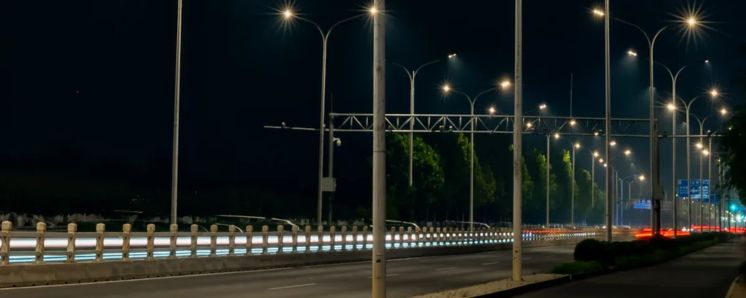
Warm White Lighting
Warm white lighting, between 2200K and 3000K, feels cozy and welcoming. warm white light lamps are common in neighborhoods, parks, and relaxing areas. Their soft white color temperature reduces glare, making them great for places where comfort matters.
Pros:warm white led color make streets and parks look nicer.
They contribute to light pollution reduction, helping homes and animals nearby.
Less blue light means they don’t disturb sleep as much.
Cons:Visibility is lower compared to cooler lights.
They aren’t bright enough for busy roads or crowded areas.
| Color Temperature (K) | Pros | Cons |
| 2200K-3000K | Warm glow for calm spaces | Less clarity |
Neutral White Lighting
Neutral white lighting, from 3500K to 4100K, balances warmth and brightness. These lights work well in homes and businesses, giving clear light without being too harsh.
Pros:Neutral tones help drivers and walkers see better.They save energy while looking natural.
Good for parking lots, driveways, and mixed-use areas.
Good for parking lots illuminated with LED lights, highways, and other shared spaces.
Cons:They don’t feel as cozy as warm lights.Sometimes, they can still cause some glare.
| Feature | Traditional Street Lights | street solar led lights |
| Light Quality | Colors fade over time | Bright, long-lasting LEDs |
| Environmental Impact | High CO₂ emissions | Recyclable, no carbon output |
Cool White Lighting
Cool white lighting, between 5000K and 6500K, is the brightest option. These lights are used on highways, factories, and places needing high safety.
Pros:Bright light helps prevent accidents and improves security.Studies show better lighting lowers crime rates by 21%.Cool tones work well in dark or poorly lit areas.
Cons:Brightness can bother people living nearby.Too much light can add to pollution problems.
Key Findings:Better lighting reduces crimes like theft and violence.Effects are strongest in areas with bad lighting before.Many people support cool white lighting upgrades.
| Findings | Details |
| Public Support | Most people want better lighting systems. |
| Cost Trends | LED prices are dropping, saving money. |
Knowing these pros and cons helps you pick the right lighting for your needs.
Picking the right color temperature for LED street lights is important. It helps make places safe, bright, and comfortable. Think about where the lights will go, safety needs, saving energy, and local rules.
Tip: Match the light’s color to the area’s purpose. For example, use warm white lights for homes and cool white lights for highways or business areas.
To choose the best lights:
Check what the area needs for lighting.
Focus on safety and clear visibility.
Pick energy-saving lights that follow the rules.
By doing these things, you can have better and eco-friendly street lighting.
FAQ
What is the best color temperature for residential streets?
Warm white lights (2700K–3000K) are great for homes. They make streets feel cozy and welcoming. These lights also cut down on glare and light pollution. This makes them perfect for safe and comfortable neighborhoods.
How does color temperature affect energy efficiency?
Cooler lights, like 4000K–5000K, save more energy. They give bright light while using less power. Picking the right temperature depends on the area’s needs and energy goals.
Can LED street lights reduce light pollution?
Yes, LED lights can lower light pollution. Warm white lights (2700K–3000K) have less blue light, reducing skyglow. Shields or angled lights also stop light from going upward, keeping the night sky clear.
Are there regulations for LED street light color temperatures?
Many cities suggest neutral white lights (4000K) for urban areas. These rules help with safety, energy savings, and protecting nature. Always check local laws before putting up LED street lights.
Why is glare a concern with LED street lights?
disabling glare makes it hard to see and can bother people. Cooler lights (5000K–6500K) often cause more glare. Using warmer lights and good fixtures can help reduce this problem.
